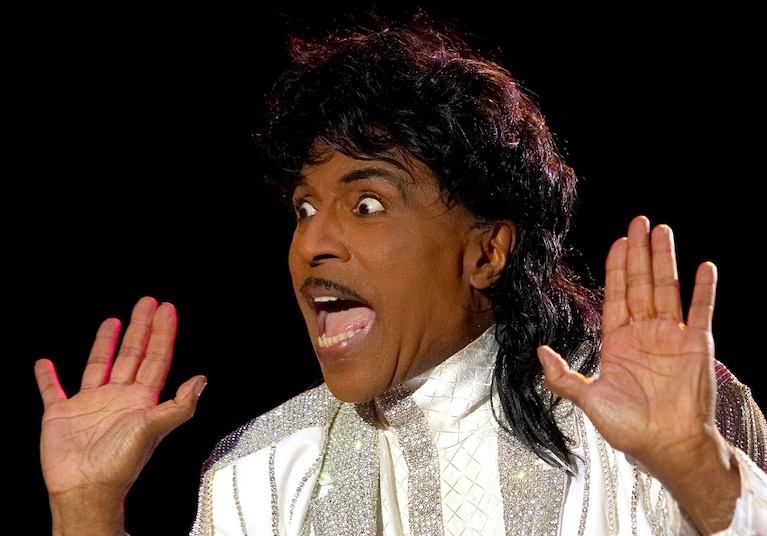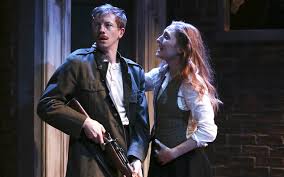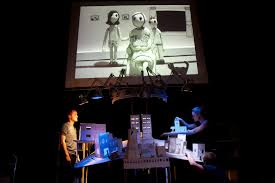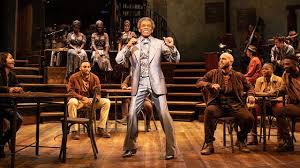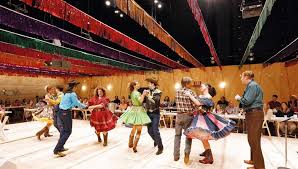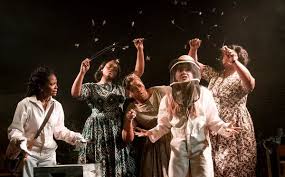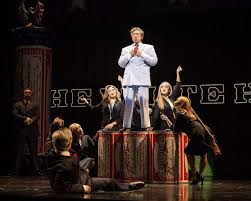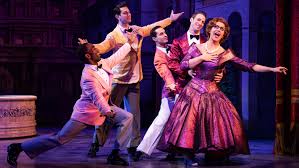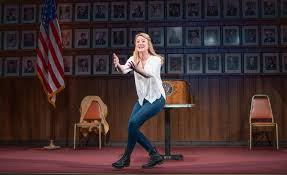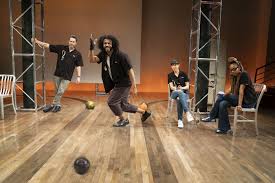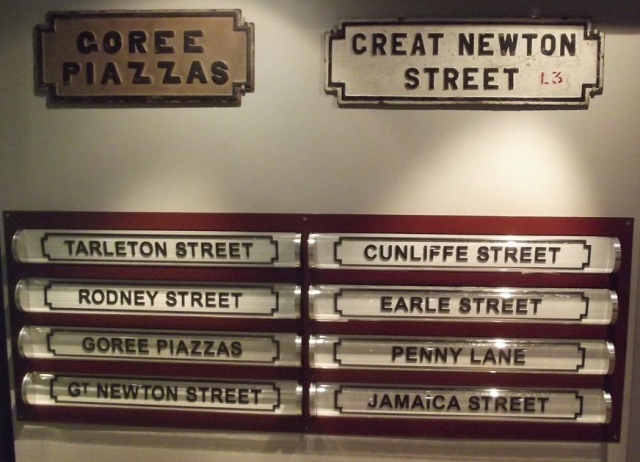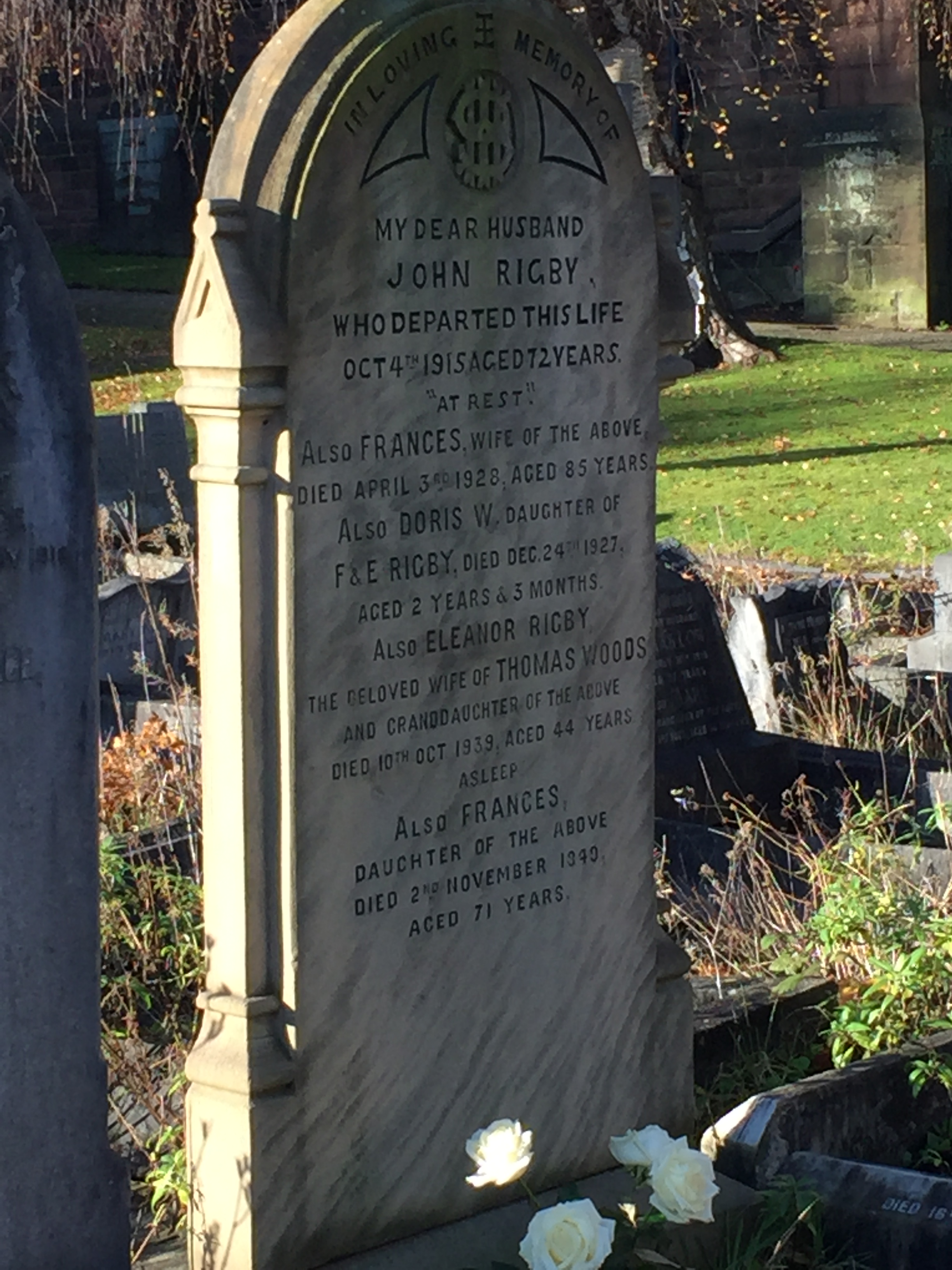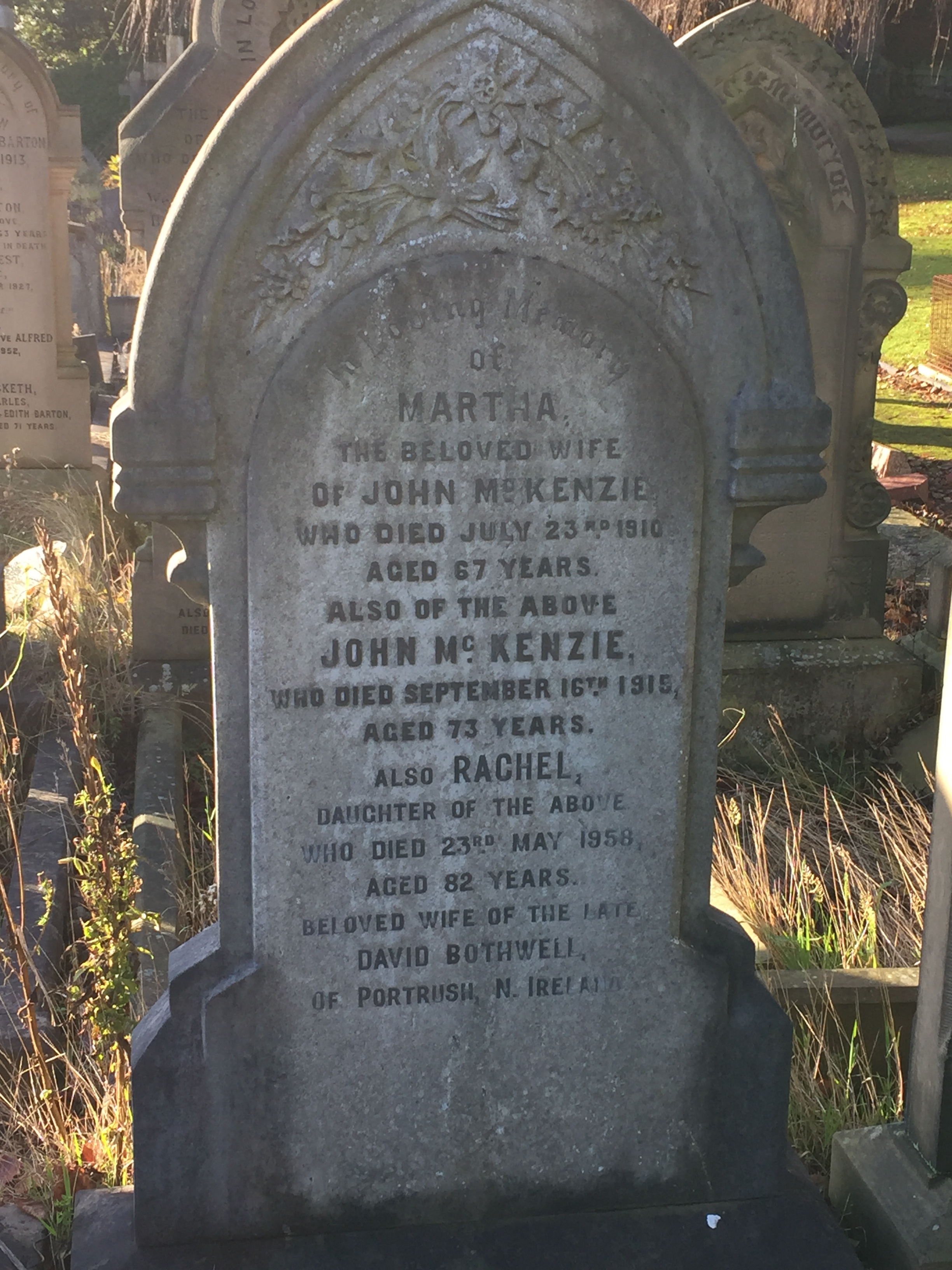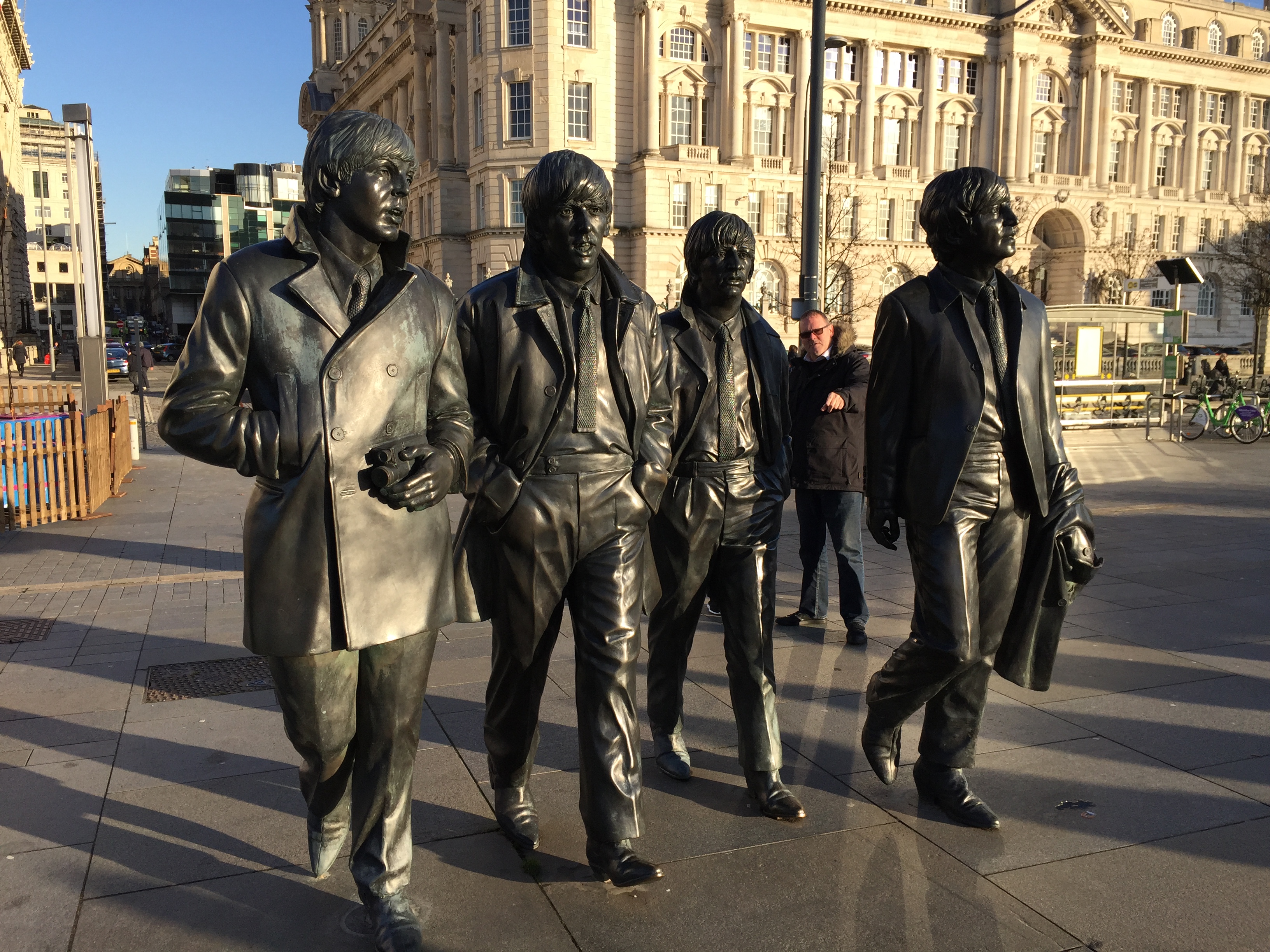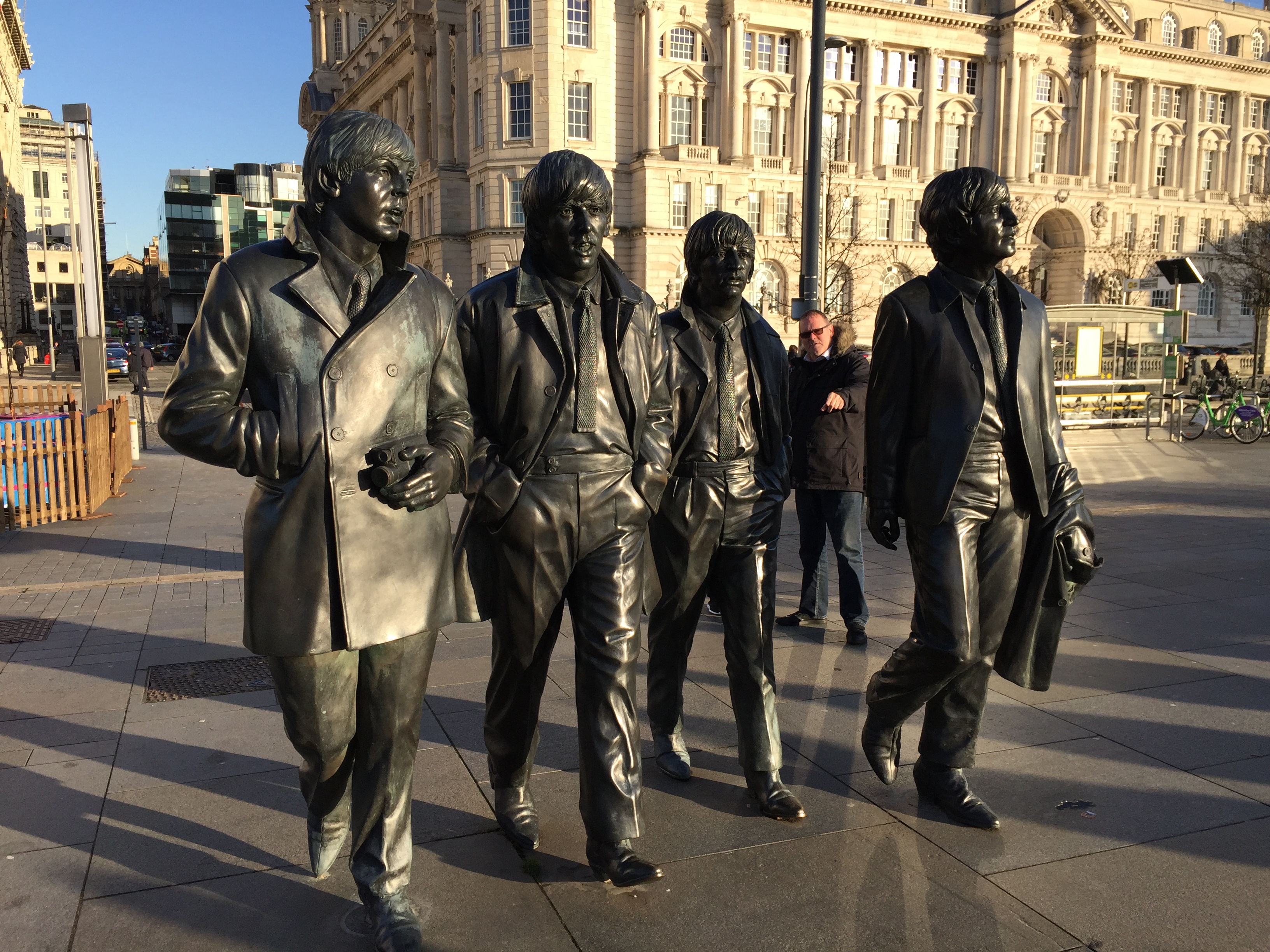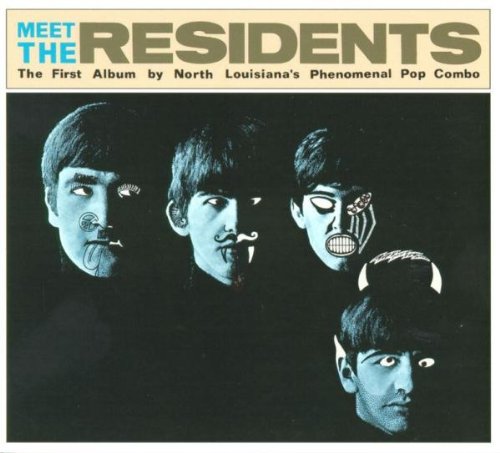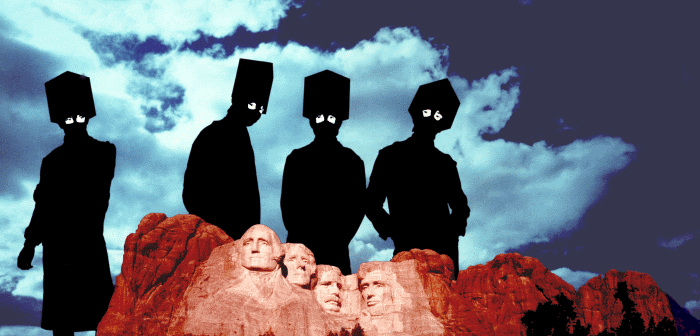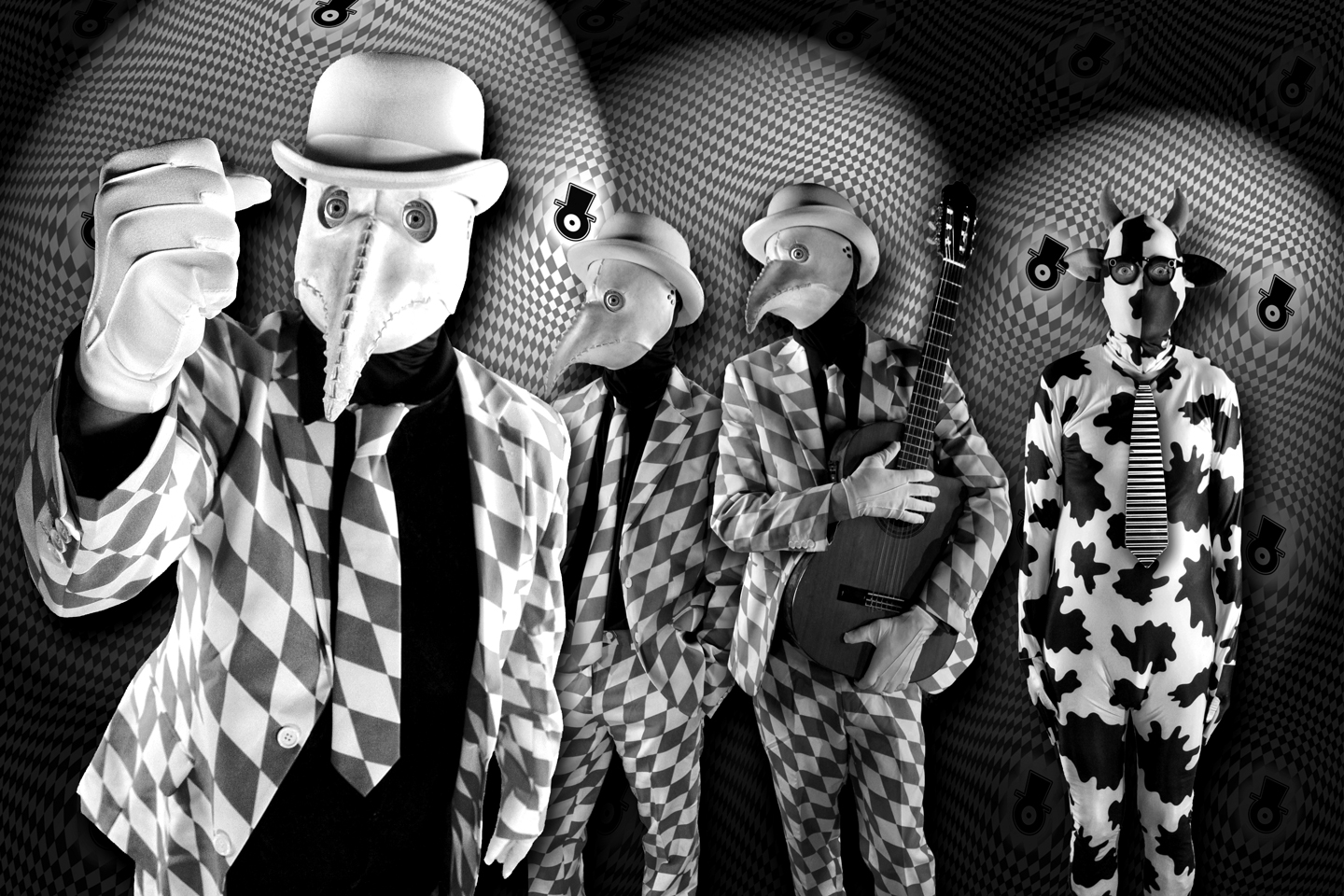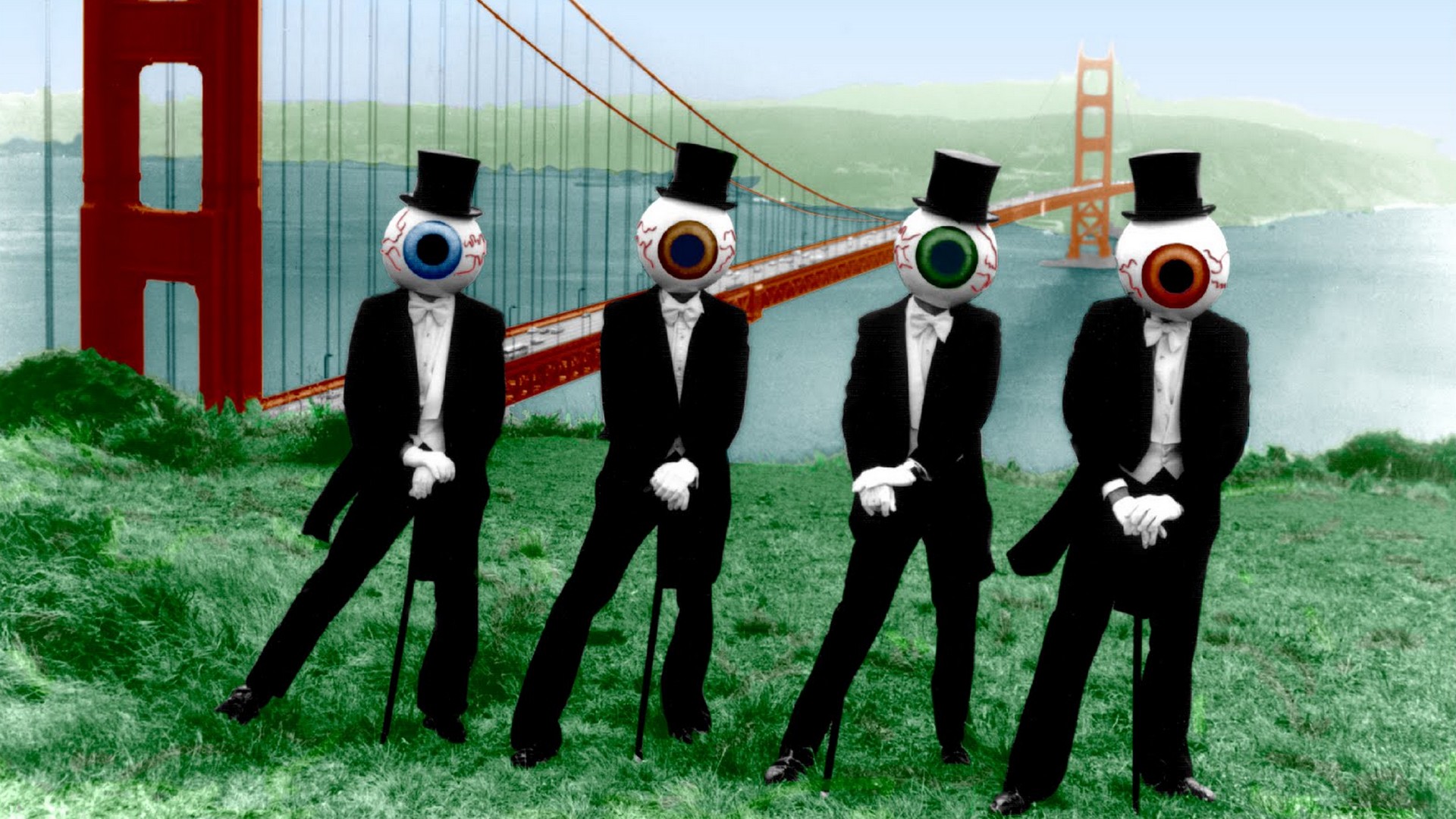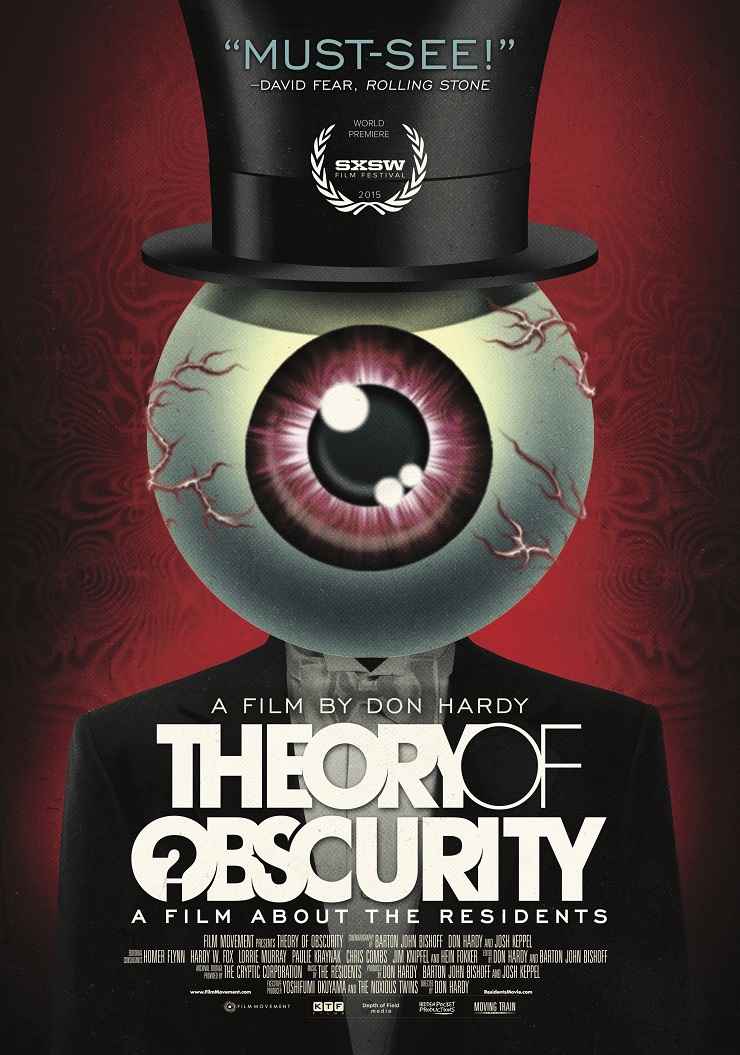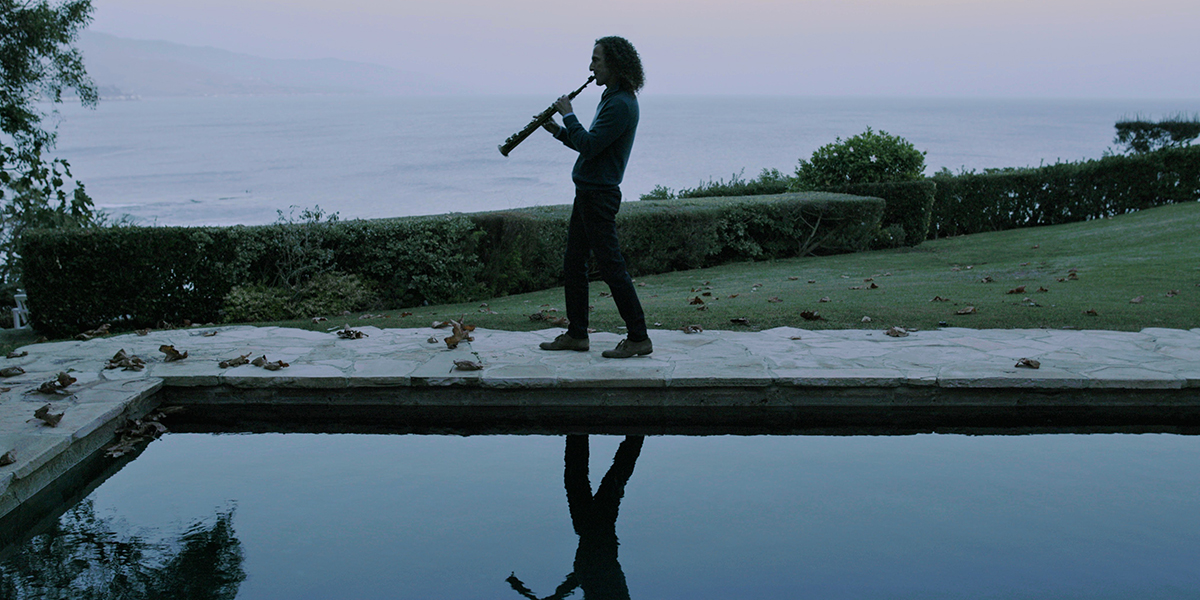
In 1966, when a ten-year-old Seattle lad named Kenneth Gorelick first picked up an alto saxophone, he was one of many promising kids with an ear. Talented, sure, but no genius. It took him two tries to make his high school jazz band. But he maintained a steely resolve, he studied and played, studied and played, and kept on playing, and now he’s the best-selling instrumental recording artist of all time. Even if you’ve never heard of him, you’ve heard him.
Penny Lane, who directed one of my all-time-favorite documentaries, HAIL SATAN? (2019), specializes in an ironic detachment that refuses to lead you by the hand to a judgment or conclusion. That potential for deliberate dichotomy surely helped inspire the choice of subject for her new HBO doc, because anybody who pays attention to pop music knows that for more than a quarter century, it’s been hip to hate Kenny G.
That’s how long this squiggly-haired aural crooner (mostly on soprano sax) has been the apotheosis of a genre — and popular Nineties-Oughts radio format — called “smooth jazz.” To many jazz aficionados, the very term is an affront. “Real” jazz is challenging and impatient and built on trailblazing improvisation. Smooth jazz is soothing, trusting, reassuring. Jazz is foreground. Smooth is background. Raw versus buffed. Savage versus safe. Music versus Muzak.
Quite a few jazz critics tear into that smooth sound on camera in Lane’s LISTENING TO KENNY G. (“A corporate attempt to soothe my nerves,” says Ben Ratliff.) Their distaste is so palpable that we want to hear from the other side, and after 75 million records there’s got to be one. Thus the yin and yang of our film.
Kenny G emerges, deliberately or not (though he had no editorial control over this project), as a cheerful but driven guy who’s secure enough to let this stuff roll off his back. In WAYNE’S WORLD 2 (1993), just the mention of the name forces Dana Carvey’s heavy-metal headbanger Garth Algar into imagining the torture of having his teeth cleaned in the middle of a Kenny G concert. So how did Kenny G respond? “I thought it was somewhat funny,” he told a reporter at the time. “I think it would have been better if they had me in the movie. But they never called me.” After watching Lane’s film, one would expect such a reaction.
He is completely immersed in his roll-up-the-sleeves ethic. He knows that he got where he is through hard work. He says he loves the process of creating music. In the film he goes back to his high school as a local boy made good and a beloved band instructor asks him to sign a hall display. Kenny G ponders for a moment and writes, “Practice, practice, practice!”
Many people who devote themselves to becoming this accomplished at something tend toward a kind of tunnel vision: it can be all they ever think about. Kenny G’s interests are wider-ranging than you might guess. The same year he first honked on a sax, he also picked up a golf club and fell in love with the sport. He became a near-scratch golfer, #1 on Golf Digest’s Top 100 In Music handicap list in 2006 and #2 in 2008. He is an aircraft pilot who flies his own seaplane regularly. While already playing professionally, this whiz kid graduated magna cum laude and Phi Beta Kappa in Accounting. Oh, yeah: he was also an early investor in Starbucks.
Okay, grrr, but seriously: why the heck does Kenny G just annoy some people? Fame and money, maybe, but we don’t begrudge everyone who becomes wildly popular. I think it starts with snobbery, with which jazz purists in particular are blessed in abundance. There’s a canon, there are deities, and arcane knowledge is prized over all. How can this guy appeal to so many while standing in the shadows of far worthier giants? (Sometimes literally, as when he recorded “What A Wonderful World” and overdubbed Louis Armstrong’s classic recording of the same song.) Kenny G must be the lowest common denominator — and the ardor of his fans, clueless about jazz, is nothing more than the kind one might have for a juggler. He’s appropriating and cheapening the jazz idiom. Holding long notes and playing fast runs as needed to tickle an audience is just glitter and shallow showmanship.
Sometimes Kenny G sets himself up for abuse. Take those long notes. Many great wind musicians have mastered the “circular breathing” technique to produce a continuous tone by taking in air through the nose while blowing out. You must have this down to play, for example, the didgeridoo. Circular breathing is vital to the sound of jazz greats like Wynton Marsalis, Sonny Rollins, Maynard Ferguson, even the legendary mouth-harp player Paul Butterfield. Kenny G got really good at it. But good was not enough, so he decided to establish the world record, and one day in 1997 in a New York music store he held an E-flat for 45 minutes and 47 seconds. This feat made the Guinness book; it took three years for somebody to break Kenny’s inaugural record. The stunt also showed that the artist is serious about his work, less so about himself. (“I know for a fact that if I cut my hair my career will go right down the toilet.”) Jazzbos were scandalized, the few G-fans who even cared were only amused.
Instrumentalists don’t depend upon language, so Kenny G’s music sounds the same worldwide. But it also lives in an unique place deep inside the Chinese psyche. In 1989, some businesses started playing his wistful, elegiac “Going Home” over the P.A. just before closing at night, and the practice spread throughout the country. At malls, train stations, markets, food courts, even on tv stations at signoff, “Going Home” has become China’s unofficial national closing song — time to finish your business and end the day — and so ubiquitous that millions recognize the melody even if they have no idea who it is that’s playing. You can look at this phenomenon two ways. On the one hand, a nice soprano sax solo is a softer and kinder way to say scram than blinking the lights or slamming the locks shut. On the other, such a subliminal cue might also be used by Morlocks calling the Eloi down to dinner. Either way, “Going Home” has to be one of the most-listened-to songs on earth.
So, is Kenny G’s stuff any good? I believe your answer will depend not only on who you are but also how you feel at the moment. Branford Marsalis pooh-poohs the smooth-jazz controversy: “He’s not stealing jazz. It’s not like some guy says, ‘You know, I used to listen to Miles, Trane, and Ornette. And then I heard Kenny G, and I never put on another Miles record.’ It’s a completely different audience.”
Let’s face it, some days nothing but Trane will do. Other times I want to go even deeper into ambience, maybe led by Paul Winter, another great soprano saxman, whose “natural” music is utterly different from Kenny G’s. But my choices are as valid as a jazz expert’s. Just because I don’t have a taste for classic opera or its traditions doesn’t mean I can’t appreciate the less formal vocal instrument of a Frank Sinatra. Just because I need garage rock one day doesn’t mean I won’t want some atmospheric New Age noodling the next. And yes, even smooth jazz can be just right for a particular time or feeling or gathering or meditation or memory. No listener has a responsibility to anyone but himself. If Kenny G can please an audience that would never be caught dead inside a jazz club, so what?
An interesting guy, Kenny G. I was glad Penny Lane introduced us. I hope he never stops practicing. But right now what I really need most is for Kenny to count off “Going Home,” so we can finally put paid to this maddening hellscape of a year.




 Posted by Tom Dupree
Posted by Tom Dupree 




